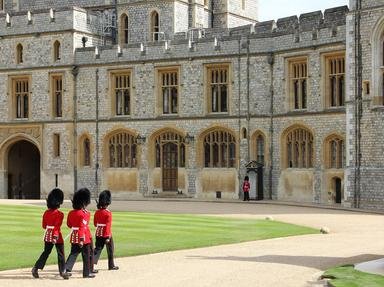Quiz Answer Key and Fun Facts
1. This eldest son of William the Conqueror, the first Norman king of England, should have been king. Can you name him?
2. This duke of Lancaster was the mightiest of overmighty subjects and de facto ruler of England but he never became king. Can you name him?
3. With Richard III dead and the 'presumed' deaths of Edward IV's sons, the 'princes in the Tower', who was the leading pretender to Henry Tudor's crown in 1485?
4. In 1487 the standard of rebellion was raised in Ireland by Yorkist sympathizers. What was the name of the 'pretender' and who did he claim to be?
5. Towards the end of the fifteenth century another pretender arose to challenge Henry Tudor. His real name was Piers Osbeck. By what name is he better known?
6. Upon the death of Edward VI in July 1553, this Lady became queen but for only nine days. Who was she?
7. In the summer of 1680 another pretender arose and made quasi-royal progress through the west country of England. This illegitimate eldest son of Charles II was created both Duke and Earl at the age of fourteen.
Can you name him?
8. 'A dynasty which cannot produce legitimate heirs condemns itself to extinction'. It was vital to the old royal houses to produce legitmate heirs and so prevent civil wars and the rise of 'pretenders'.
How many legitimate children did Charles II sire?
9. Much like Henry Bolingbroke, this much later usurper of the English crown did not bother with the procedure of 'pretendership'. He did not have to fight for the crown, in 1688 he simply picked it up from where his father-in-law had left it.
10. Bonnie Prince Charlie, or Charles III as he styled himself, was the last of the Stuart contenders for the throne of England.
Source: Author
trojan11
This quiz was reviewed by FunTrivia editor
bloomsby before going online.
Any errors found in FunTrivia content are routinely corrected through our feedback system.

